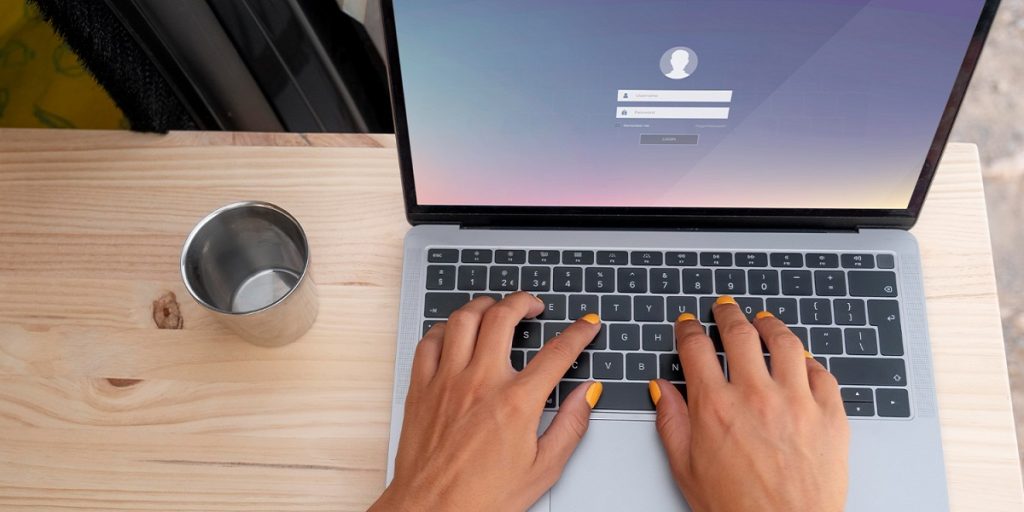Today, in this article, we aim to understand the meaning of the boot and its features. For a long time, we have had problems installing new Windows, upgrading, or even changing to another OS, and we encountered some problems that can be solved only by changing the BIOS. Aside from that, today in this article, we’re just gonna focus on how to get to the boot setting with some changes to the BIOS, a deeper look at the BIOS and its features must be another article for another day.
Definition of the Boot
In short, the Boot environment is the environment before installing an operating system on the computer. There is no interface or graphical items in it, and at most, you get some functional keys to move around the menu. If you’re planning on installing a new OS, you need to know the basics of the boot and the BIOS menu, if it is needed.
The BIOS menu is the deepest level of your system, and it allows you to control almost anything on your computer.
In normal cases, you boot your computer from the hard drive, and if your system has an OS on it. It is correct, the OS with show up, but there is the time that you need to boot your computer from other drives, like a flash drive or a DVD or CD, for example, you need to see if the Linux OS and its environments suit you, so you want to put a Flash drive into your pc and test it for yourself, in this situation you might find it difficult to get to boot menu.
Getting to the Boot Menu
To get to the boot menu, we have two options. One is more complicated and takes more time, and the other is quite easy, but it is almost rare in old computers. The first way is to change the order from the BIOS settings and force the system to boot from where you set it.
This method requires changing it through the BIOS UEFI, forcing the system to boot from that one drive every time you reboot your device or computer. The system would try to boot up the device first from the flash drive, and if there’s no bootable file in it or the flash drive is not connected, the order will go after the second and third options.
In this article, we completely explain two options and show you which is better.
Method 1:Changing the boot order from BIOS
The boot order of the computers, usually are managed by the UEFI and the setting of the UEFI have direct control over it, for accepting the menu, in the first step you have to restart your computer, and in the first picture you see, if you look at the corners of the screen you can see the specific button for entering the boot menu or the bios menu. However, for different systems and laptops, these buttons can be different, depending on your motherboard or the laptop manufacturer, the key could be different.
After restarting your computer, you will see a text like this:
“Press <F12”> to enter setup”
“Press F2 to access the BIOS.”
Press the specific key at the right time to access the BIOS menu.
In some cases, F12 and F2 keys are the most common keys to enter setup and access the boot menu, but the keys can differ based on your motherboard. If you’re using a laptop, based on the manufacturer, the keys might be something else. If you can’t see the keyboard guide while the device is rebooting, you can also try searching for its model online.
Also, in some models, you must hold down the Shift key and then try pressing the other key. Some Sony laptops, especially Vaio models, have specific keys to hold down to access the BIOS menu.
If you’ve done all of the last steps correctly, now you can see the Troubleshoot button on the screen, click on it, then Advanced Option, and finally, UEFI Firmware Settings must be visible to you.
When you see the BIOS window, from the upper bar, try searching for the Boot word and select it, then look for Option Priorities. In this section, you can see the boot options in order. By default, the first option’s order is on the hard drive.
Try reordering the menu by pressing up and down, then saving and exiting. After doing this, every time you try to boot your computer, the boot order will first try to boot up the device from the USB drive or any order that you gave it.
Method 2:Boot menu
This method also enables you to access all of the options for the Boot devices without needing to change the boot order, so it’s much faster and easier. However, it doesn’t exist within older computers, so if you’re using a device that’s not too old, feel free to use this method. In the second method, you can also access the boot menu just by pressing the named key.

